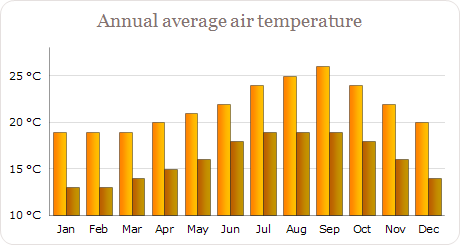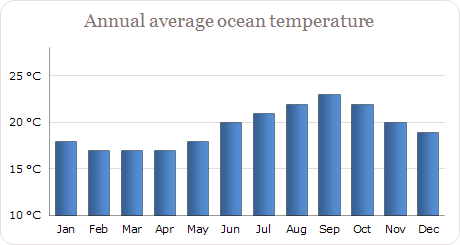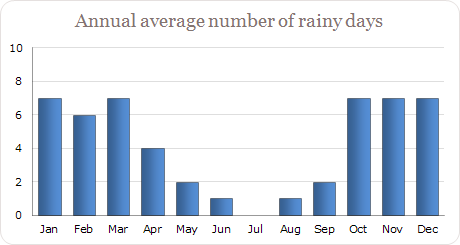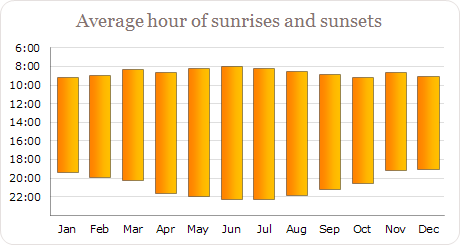(00420) 731922756
History
The archipelago of Madeira has been known since ancient Romans, it was accidentally rediscovered in 1418 by Portuguese sailors under the leadership of João Zarco, who sailed in the services of King Henry the sailor. He named the island Ilha da Madeira / island of wood, because the whole island was covered with trees.
In the 15th century the first immigrants arrived, burned and cut down the forests to make room on the first fields. The ashes made the soil fertile and agriculture thrived. Also grapes were imported from Crete and sugar cane from Italy. Fields began to irrigate with Levada, which were built by African slaves.
In 1478 visited the island Krystov Columbus, first to trade with sugar cane and then six years later to marry daughter of the Porto Santo governor. Thanks to him to Madeira became an important stop on the route between the new and old world. A replica of his ship, the Santa Maria, was built in 1998 in Câmara de Lobos and became the attraction for many tourists.
In 1566 Madeira was attacked by pirates, who within 16 days killed most of the islanders, destroyed the cane and deserted the island.
In 1580 came to the throne of King Philip II of Spain, and Madeira was under Spanish rule for 60 years. Since Madeira could not compete with Brazil in the production of sugar cane, it focused on the vines.
In 1662 the English King Charles II got married to the Portuguese princess Catherine de Bragança. Madeira wine began to be exported to England, and many Englishmen began to move to the island and make business with Madeira wine.
In the first half of the 19th century British troops arrived to protect Madeira against the French invasion. Thereafter some rich Englishmen moved to Madeira, and made a fortune with production of sugar cane, bananas and wine. Among the richest people is wine merchant John Blandy (1783-1855) and William Reid (1822-1888), founder of the famous Reid 's hotel in 1887.
In 1860, Empress Elizabeth, the wife of Austrian Emperor Franz Joseph I, came to Madeira to cure her illness.
After the First World War, the last Austrian Emperor Charles I and his wife Zita , were sent to Madeira in exile. He died in 1922 and was buried in the church of Nossa Senhora de Monte in Funchal.
After the Portuguese Carnation Revolution, Madeira won autonomy, the right to determine their taxes and have a representative in the Portuguese government. In 1986, Portugal became a member of the EC, almost 10 years after they get rid of its military dictatorship (like its Spanish neighbors). Entry into the European Union, significant economic changes were made - finances from EU funds were received to support land cultivation, investment in programs aimed at developing infrastructure was made, also modernization of agriculture was introduces and fishing was promoted.
Geography
Madeira is a Portuguese archipelago that lies in the Atlantic Ocean (580 km west of Morocco in Africa and 980 km southwest of Lisbon, Portugal) with the status of autonomous region. The whole Madeiran archipelago is of volcanic origin, as well as the entire region of Macaronesia, which is a part. Geographically, it is situated on the African plate and the islands are the tops of the old submarine volcanoes. The sea between the islands of Madeira Archipelago has a depth of around 4000 meters, already at a distance of 5 km from the coast of the sea reaches a depth of 3000 m The archipelago is bathed by the Gulf Stream and therefore the temperature of the water around the island of Madeira does not drop below 18 ° C, which is the cause of "eternal spring" on the island.
Population
The region has a total population of just under 270000 inhabitants, the majority of whom live on the main island of Madeira, meanwhile only around 5000 live on the Porto Santo Island. Other islands of archipelago of Madeira are uninhabited.



